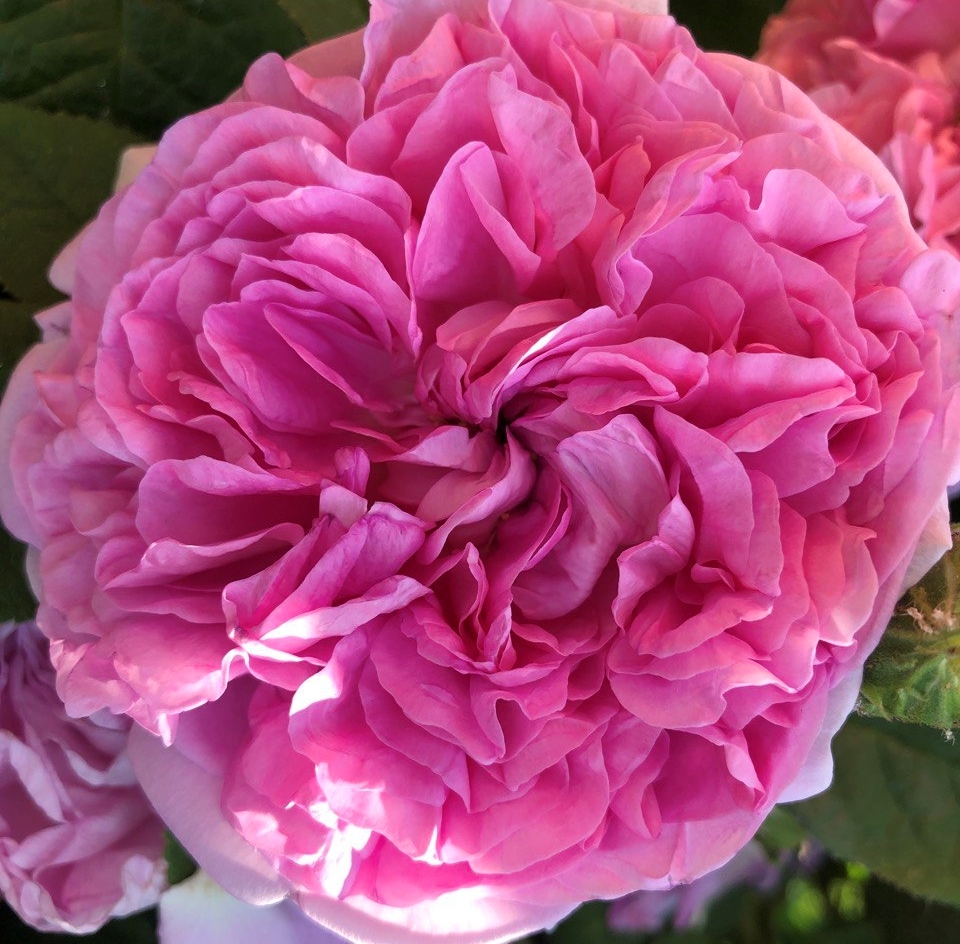Today I’m sharing DIY face cream recipe. Have you ever thought about making your own organic face or body cream? Of course it is easier to buy it from the store… but homemade face cream is free of parabens, petroleum and other harmful ingredients, and it can be a fun activity. It is the most natural, healthy and high-quality product you can ever have. I got this face cream recipe from the organic cosmetics manufacturers in 2011. I’ve got a present from my friend – a cosmetics production lesson. Thank you, Alexandra. The whole process was fun and interesting. I still remember this face cream recipe. I wrote it down and use it to this day. Maybe you’ll find it useful too.
Face cream recipe
0.2 oz (6 g) emulsifying wax,
0.63 oz (18 ml) selected organic, cold pressed oil (can be mixed 3 x 6 ml / 0,21 oz x 3)
0.9 oz (25 ml) selected organic flower hydrolate
3 drops vegetable vitamin E (it has antioxidant properties and prolongs cream shelf life. Natural Vitamin E protects oils in the face cream from oxidation)
3 drops grapefruit seed extract (natural preservative, protects the face cream from bacteria, prolongs handmade face cream shelf life up to 3 months)
1 drop of your favorite essential oil (if you want a pleasant smell)
Face cream making tools
1,70 oz (50 ml) container with a diffuser (suitable without diffuser, but cream lasts longer with diffuser because the cream does not come into contact with air or bacteria during use. Therefore, I use a previously used face cream jar with a high-quality diffuser.
sterile spoon for mixing
3.4 oz (100 ml) heatproof glass (for face cream production)
pipette
0.9 oz (25 ml) oil measuring cylinder
funnel (I found my funnel together with Mugler „Star” perfume refill, but I think it would be more convenient to use larger)
digital scales
All face cream making tools must be sterilized before starting the production process.
Method
1.Fill your kettle with water and wait until it boils. In the meantime, add 0.2 oz (6 g) of emulsifying wax to the glass-cream-making vessel (I use a simple glass cup to make my face cream). Place the cup with wax in a larger bowl. Pour boiling water into the bowl. Cover up the top. If the wax doesn’t melt immediately, replace the water with warmer one.
2. Add selected organic oil to the oil measuring cylinder. If oil and hydrolate were stored in the fridge and are cold, place both products – the cylinder with the oil and the hydrolate bottle – in a bowl of warm water. The water should only be warm, not exceeding 86F/30°C. Otherwise, your face cream will lose all of its beneficial properties. Oil and hydrolate need to be gently heated to make it easier to mix the face cream.
3. Once the wax turns into a liquid, you can start the mixing process. Leave cup with melted wax in the hot water bowl to keep it warm. Add warm oil from the measuring cylinder to the cup with the melted wax. Stir it continuously with a sterile spoon.
4. When oil and wax mix to a solid consistency, add 0.9 oz (25 ml) flower hydrolate to the measuring cylinder. Slowly add warm hydrolate to the face cream cup, stirring continuously, until a solid mass is obtained.
5. Add 3 drops vitamin E and 3 drops grapefruit extract with a pipette, if you have some. If you want your face cream to smell wonderful, add one drop of your favorite essential oil.
6. Fill freshly made face cream in a sterile cream jar using a funnel. Store in a cool place.
I haven’t got vitamin E and grapefruit extract this time. I made it using emulsifying wax, organic rose hydrolate, apricot kernel oil, rosehip seed oil, and damask rose essential oil. My face cream smells amazing.
Where to buy organic oils?
For oils and hydrolates look into organic cosmetics stores. Look for sellers who have their own lab and honestly inspect all products received from suppliers before placing them on store shelves. We’re always in favor of quality products, so the greatest respect for those who understand biochemical processes and are honest with customers.
Bad experiences
I have come a long way until I found a decent seller for my oils and hydrolates. I have been disappointed many times over and had to buy rose cream with an unpleasant chalky smell that was supposed to smell like roses. Body cream with shea butter, which smelled strangely unpleasant. I found the sour rose hydrolate on the shelf. The girls working in this place just shook their heads and couldn’t explain why the fresh shea butter sold in their store stinks, or why the roses in their rose face cream have been replaced by the smell of chalk.
The vendors were polite in all cases and replaced the unsuitable products with new ones that were the same bad quality, with the same bad smell. After these experiences, I haven’t return to these stores and gave up the use of their products.
Useful tips
These experiences happened because of the fact that not all cosmetic manufacturers check the quality of the raw materials they receive from their suppliers. There are years when no country in the world can offer quality raw materials of any kind due to drought or other natural disasters. Poor quality raw materials should not end up on store shelves. If sellers do not check raw materials in the lab, poor-quality materials reach their customers. Then traders say that they are innocent because they have received such raw material.
When buying oils and hydrolates, make sure the seller has his own lab to avoid unpleasant experiences. Choose only organic products.
Thanks for stopping by.

